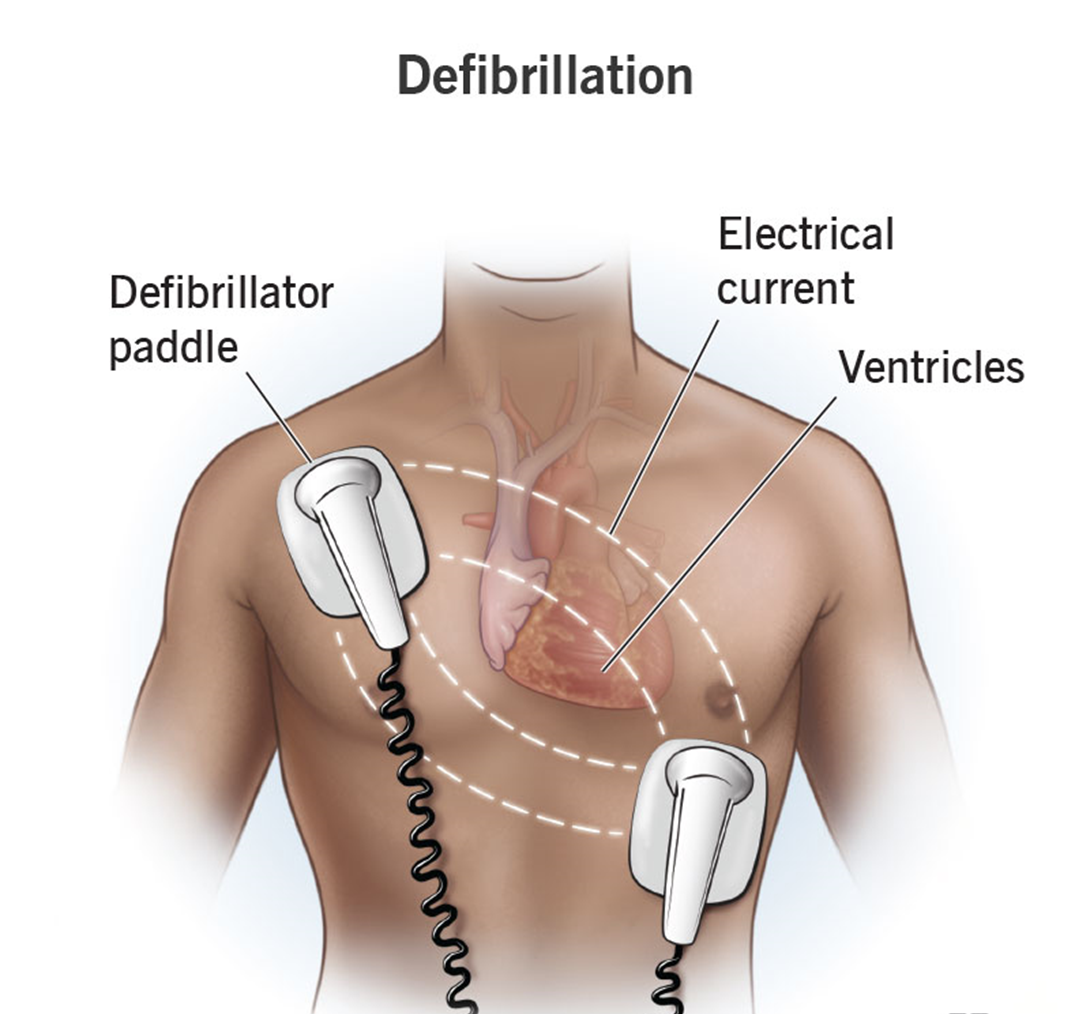A nurse is assessing a client 15 minutes after administering 2 mg of morphine sulfate via IV push. The nurse should identify which of the following findings as an adverse effect of the medication?
Sleepy, but arousing when the name is called.
Pain level of 6 on a scale from 0 to 10.
Respiratory rate of 8/min.
SaO2 94%
The Correct Answer is C
Choice A: Sleepy, but arousing when the name is called
Feeling sleepy after receiving morphine is a common side effect. However, the fact that the client can be aroused when their name is called suggests that this is not necessarily an adverse effect.
The nurse should continue monitoring the client but may not consider this as a significant adverse reaction.
Choice B: Pain level of 6 on a scale from 0 to 10
Pain relief is one of the intended effects of morphine. Therefore, experiencing pain reduction is not an adverse effect.
The nurse would likely view this as a positive response to the medication.
Choice C: Respiratory rate of 8/min
A respiratory rate of 8 breaths per minute is significantly low and indicates respiratory depression, which is a serious adverse effect of morphine.
The nurse should be concerned about this finding and take appropriate action.
Choice D: SaO2 94%
An oxygen saturation (SaO2) level of 94% is within the normal range (usually 95% or higher). It is unlikely to be directly related to morphine administration.
While this value is not concerning, the nurse should continue monitoring the client's oxygen saturation.

Nursing Test Bank
Naxlex Comprehensive Predictor Exams
Related Questions
Correct Answer is A
Explanation
Choice A reason: Serum creatinine is a waste product from the normal breakdown of muscle tissue. A level of 1.8 mg/dL is higher than the normal range (0.61.2 mg/dL for females), indicating impaired kidney function and an increased risk of AKI.
Choice B reason: A magnesium level of 2.0 mEq/L is within the normal range (1.72.2 mEq/L) and does not typically indicate an increased risk of AKI.
Choice C reason: A BUN level of 20 mg/dL is within the normal range (720 mg/dL) and does not suggest an increased risk of AKI by itself.
Choice D reason: A serum osmolality of 290 mOsm/kg H2O is within the normal range (275295 mOsm/kg H2O) and does not indicate an increased risk of AKI.
Correct Answer is A
Explanation
Choice A reason: Defibrillation is used in the case of life-threatening cardiac rhythms, such as ventricular fibrillation or pulseless ventricular tachycardia. It is not the first line of treatment for a stable patient with VT.
Choice B reason: CPR is initiated when a patient is unresponsive and not breathing or not breathing normally, indicating cardiac arrest. It is not indicated for a patient who is stable and experiencing VT.
Choice C reason: Elective cardioversion is a procedure where an electrical shock is delivered to the heart to convert an abnormal rhythm back to a normal sinus rhythm. It is typically used for rhythms such as atrial fibrillation or atrial flutter, not first line for VT.
Choice D reason: Radiofrequency catheter ablation is a procedure that uses radiofrequency energy to destroy a small area of heart tissue that is causing rapid and irregular heartbeats. In the case of VT, this procedure is used to target the area causing the abnormal rhythm and is a common treatment for recurrent VT.

Whether you are a student looking to ace your exams or a practicing nurse seeking to enhance your expertise , our nursing education contents will empower you with the confidence and competence to make a difference in the lives of patients and become a respected leader in the healthcare field.
Visit Naxlex, invest in your future and unlock endless possibilities with our unparalleled nursing education contents today
Report Wrong Answer on the Current Question
Do you disagree with the answer? If yes, what is your expected answer? Explain.
Kindly be descriptive with the issue you are facing.
